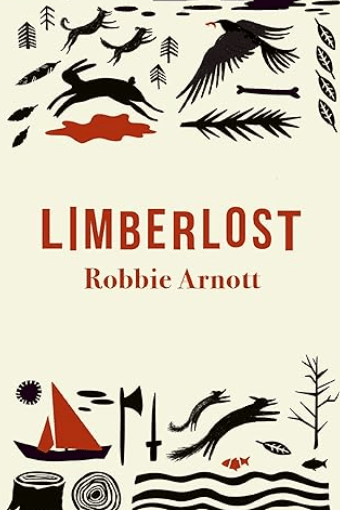This book popped up in several lists where I had googled novels based on trees and I should say that although there is an orchard, trees are not major theme in this book. It is about fathers and sons, family and the place in Tasmania with trees and wood there in the background, stretching into the foreground now and then through the story.
The story takes place over one summer holiday with Ned, the youngest child, out shooting rabbits for their pelts which he then sells. However, the story moves backwards and forwards in time and so although the emphasis is on his childhood at the start, we are shown aspects of his whole life story. What Ned wants most it seems, during that long summer, is a boat to get out onto the river, drawn by a memory from when he was five years old and his father took Ned and his brothers out on to the river to see that there was no mad whale out – there were stories about this mad whale from the fishermen. There was a whale and her calf.
Eventually, Ned finds a boat and buys it, only to discover that it is made from Huon pine and has a smell that is released when he cleans the paint off it. This is such a rare wood that people come from far and wide to see it and eventually someone offers to buy it off him.
All through this summer, there is something weighty going on – the way his father stares into space, the look he sees on his sister’s face after she reads a letter. Its a distracting tension and Ned doesn’t really understand it until he overhears a conversation about the farm not surviving and needing to be sold. He does sell his boat and offers the money to his father but of course, it isn’t enough.
Also running through the book is nature, vicious and raw. There is the detail of shooting the rabbits and then the quoll, a tree climbing, den loving marsupial that he traps which has been trying to get into the chicken house. They love eggs. It was badly damaged and so vicious when he tried to release it so he kept it in a box in a shed, took it to the vet and tried to help it get better, only for it to die when it was near to release time. (There’s something significant in this event but I am not quite sure what.)
The quoll followed him for years, its jaw gaping through his mind whenever he found terror and fury in the same place.
p31
I think one of the themes of the book is the effect that nature had on Ned as he grew up and how it shaped him. Should he kill the quoll or care for it? He chose caring.
The writing is fantastic and especially powerful at the end when his brother comes back from war. This was what all the tension was based around during that summer. His brother was skin and bone but when he smiled at Ned
. . . Ned felt a swelling, a ripping expansion, a hugeness that rang through him for the length of his life, a feeling that was sometimes rivalled but never quite matched.
p225
Arnott then goes on to list all the occasions when you think the feeling might have been matched but wasn’t. It was bigger than all the other big feelings he had experienced.
There are many other story lines in this book – his marriage and death of his wife, the jobs he undertook as a young man, the challenge of his daughters to consider First Nation people and the land and river. It’s a lot in a book of 226 pages and not all of it worked. The name of his wife was withheld until she died and I am not sure why. I really don’t understand the importance of the mad whale on Ned or the story – it is referred to often and Ned wonders whether he has remembered the event correctly. In the same way that the quoll was released and died, the new owner of the Houn pine boat was killed transporting it home. Why? I was left with more questions than answers.
